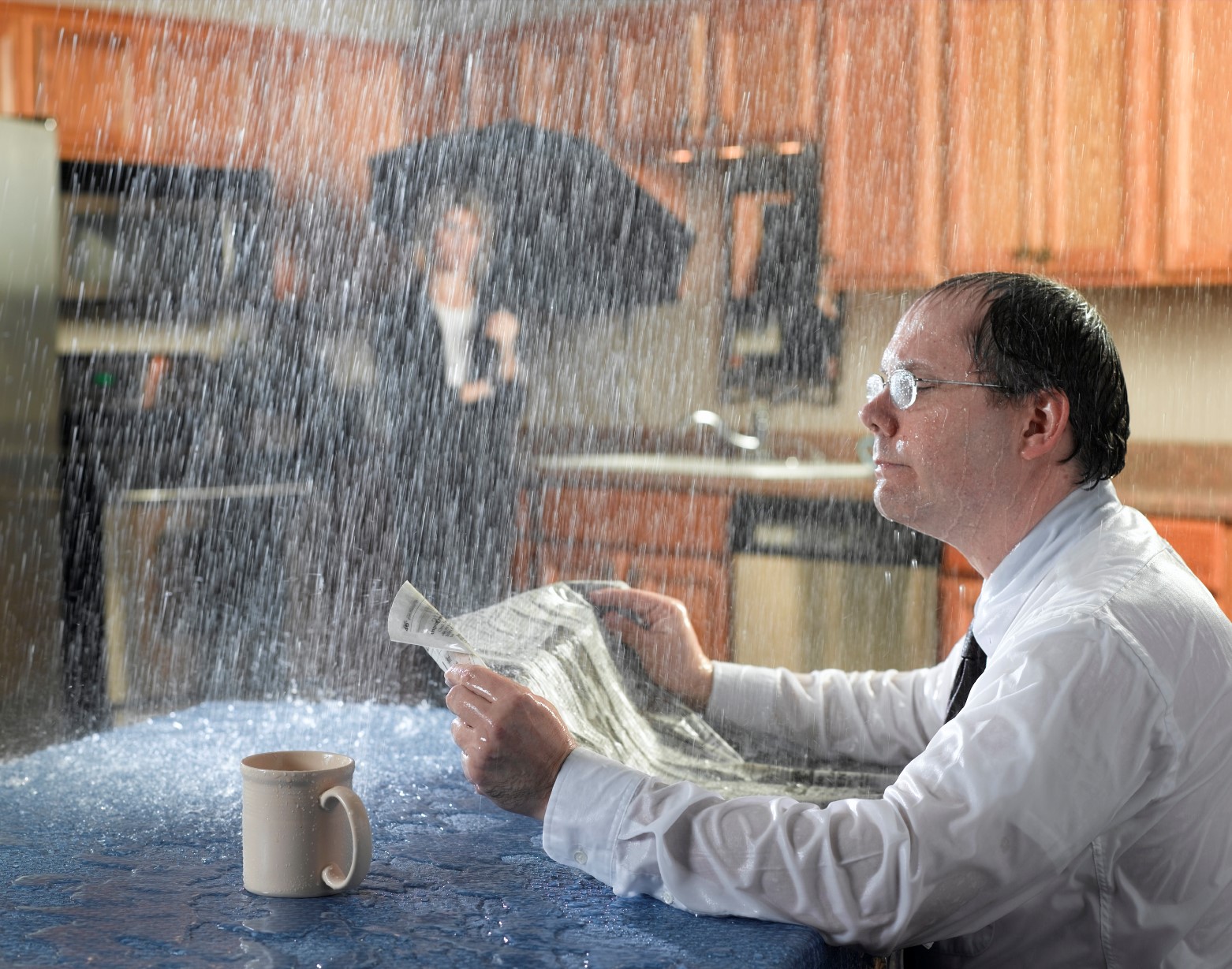Your Home's Common Common Factors of Leakage: In-Depth Analysis
Your Home's Common Common Factors of Leakage: In-Depth Analysis
Blog Article
We have stumbled upon the article on How to detect water leaks in your home directly below on the net and figured it made sense to share it with you in this article.

Leaks not only create waste of water however can also create unnecessary damages to your house and promote undesirable organic development. Sadly, water leakages could go unnoticed given that the majority of the pipework in our house is concealed. By recognizing as well as looking for daily circumstances that create leakages, you can safeguard your house from future leaks and also unnecessary damage. Today, we will take a look at six leak creates that may be triggering your pipes to leak.
Intruding roots
The majority of water leaks begin outside the house as opposed to inside it. If you notice an abrupt decrease in water pressure, claim in your tap, take some time to head out and also examine your lawn. You may notice damp spots or sinkholes in your yard, which may indicate that tree roots are attacking water lines causing water to seep out. You can have your plumber check for breach, specifically if you have trees or hedges near your residential or commercial property.
Rusty water supply
This may be the reason of staining or bending on your water pipes. If our plumbing system is old, consider replacing the pipes since they are at a higher risk of corrosion than the more recent versions.
Faulty Pipeline Joints
Pipeline joints can degrade over time, resulting in water leaks. If you have noisy pipelines that make ticking or banging sounds, particularly when the hot water is turned on, your pipeline joints are possibly under a great deal of pressure.
Instantaneous temperature level adjustments.
Extreme temperature level adjustments in our pipelines can create them to increase and acquire unexpectedly. This growth and also contraction might create splits in the pipes, especially if the temperature level are below cold.
Poor Water Connectors
At times, a leak can be caused by loosened hoses and pipelines that provide your home appliances. In case of a water connections leakage, you might notice water running directly from the supply line or puddles around your devices.
Obstructed Drains
Blocked drains may be aggravating as well as inconveniencing, but they can in some cases end up causing an overflow causing burst pipelines. Keep removing any type of materials that might drop your drains that can block them to avoid such troubles.
All the above are root causes of leakages but not all water leakages result from plumbing leakages; some leakages could originate from roofing system leakages. All leakages need to be repaired quickly to stay clear of water damage.
Leakages not just create waste of water but can likewise trigger unnecessary damage to your house and also promote undesirable organic growth. By looking and also recognizing for daily situations that trigger leaks, you can shield your house from future leaks and unneeded damages. Today, we will certainly look at six leak causes that might be causing your pipes to drip.
At times, a leakage can be created by loose hose pipes and also pipelines that provide your home appliances. In situation of a water connections leak, you may discover water running directly from the supply line or pools around your devices.
How To Check For Water Leak In Your Home
How To Check for Leaks
The average household's leaks can account for nearly 10,000 gallons of water wasted every year and ten percent of homes have leaks that waste 90 gallons or more per day. Common types of leaks found in the home are worn toilet flappers, dripping faucets, and other leaking valves. These types of leaks are often easy to fix, requiring only a few tools and hardware that can pay for themselves in water savings. Fixing easily corrected household water leaks can save homeowners about 10 percent on their water bills.
To check for leaks in your home, you first need to determine whether you're wasting water and then identify the source of the leak. Here are some tips for finding leaks:
Take a look at your water usage during a colder month, such as January or February. If a family of four exceeds 12,000 gallons per month, there are serious leaks.
Check your water meter before and after a two-hour period when no water is being used. If the meter changes at all, you probably have a leak.
Identify toilet leaks by placing a drop of food coloring in the toilet tank. If any color shows up in the bowl after 10 minutes, you have a leak. (Be sure to flush immediately after the experiment to avoid staining the tank.)
Examine faucet gaskets and pipe fittings for any water on the outside of the pipe to check for surface leaks.
Undetected water leaks can happen without the home or business owner even realizing. If you suspect a water leak, but not able to find the source. It is time to contact a professional water leak detection service, The Leak Doctor.
How To Find a Water Leak In Your Home
https://www.leakdoctor.com/blog/How-To-Check-For-Water-Leak-In-Your-Home_AE197.html

We were shown that editorial on Most Common Causes of Leaky Pipes through an associate on our other domain. For those who liked our page kindly do not forget to share it. I recognize the value of reading our article about How to Find Water Leaks.
Drips? Dial fast! Report this page